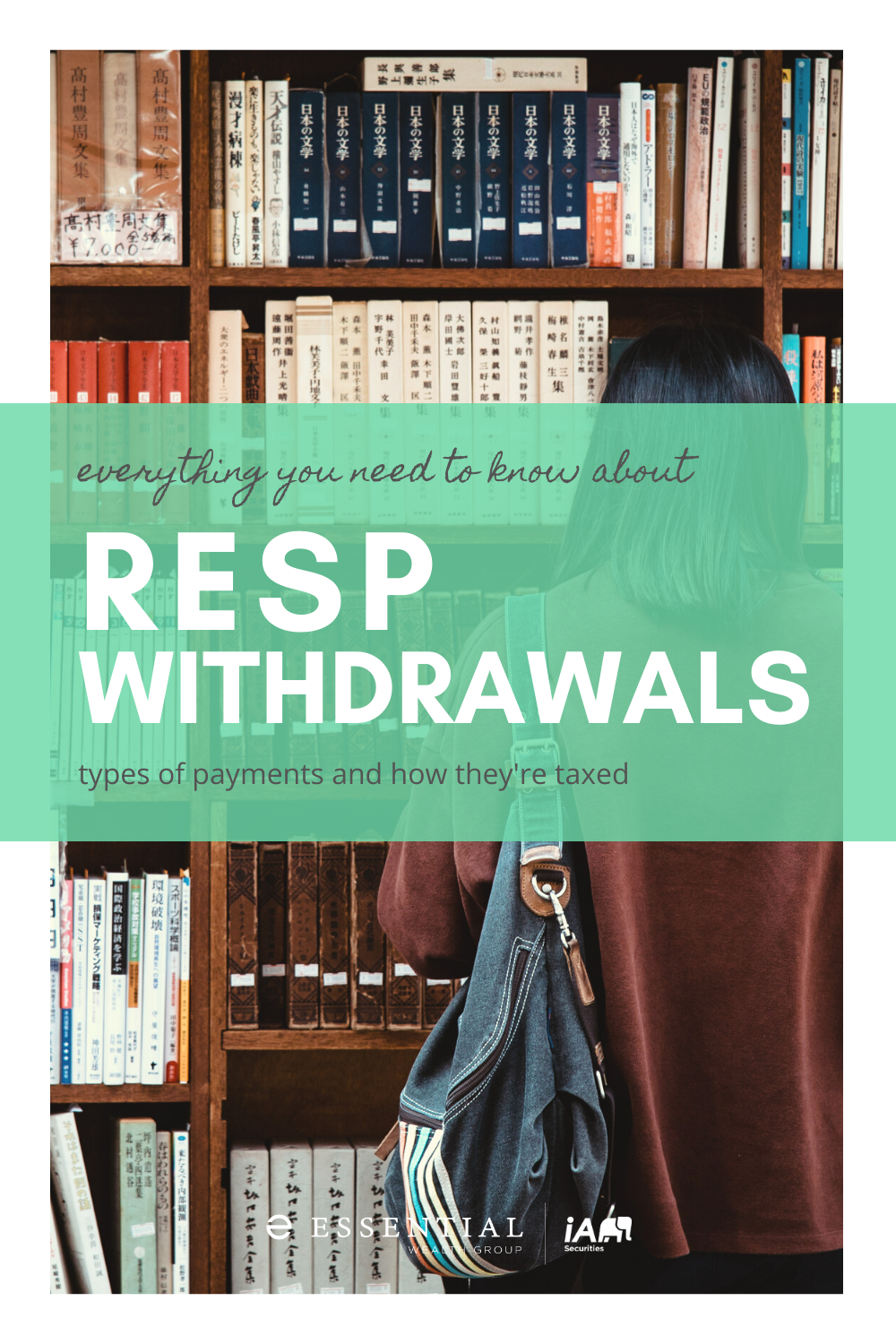RESP withdrawals: types and taxation

You've spent the last 18 years saving for your child's education, and now that it's time for them to head to University or College you're wondering how to get money out of the RESP. See below for the different types of payments available and how they are taxed.
Types of payments:
- Education Assistance Payment (EAP)
Proof of enrollment required: yes
This type of payment is a combination of income and grants. The distribution is calculated according to a formula provided by the government. There is a limit of $5,000 for full time students during the first 13 weeks and $2,500 for part-time students for each period of 13 weeks. If the required amount exceeds the EAP limit, you may take a Post-Secondary Education (PSE) payment to cover the difference. EAP is always considered income for the beneficiary and a T4A will be issued. - Post-Secondary Education Payment (PSE)
Proof of enrollment required: yes
PSE payments are a withdrawal of the contributions (capital) you made into the plan. There is no maximum amount and a PSE is not considered income so a T4A will not be issued. - Contribution (Capital) Withdrawal
Proof of enrollment required: no
A capital withdrawal is a non-education payment that contains only contributions (capital) you made into the plan. Grants must be returned (calculated by a formula provided by the government) proportional to the amount being withdrawn. Capital withdrawals are not considered income and a T4A will not be issued. - Accumulated Income Payment (AIP)
Proof of enrollment required: no
An AIP is a non-education income withdrawal paid to the subscriber when a beneficiary: 1) does not pursue post-secondary education or 2) has completed post-secondary education and there is a balance remaining in the plan. The subscriber may recover the capital (contributions) without penalty but all grants received for the beneficiary must be reimbursed to the government. In order to qualify for an AIP, certain conditions must be met. There are also several different types of AIP's which have various tax implications. Please contact us if you would like more information.
Read also: RESP withdrawals: what qualifies as valid proof of enrollment
Terms:
Beneficiary(s) - the child or children whom the RESP funds are intended for.
Subscriber - the person(s) who opened the RESP (the account holder).
Posted In: Investing EssentialsEducation Planning

